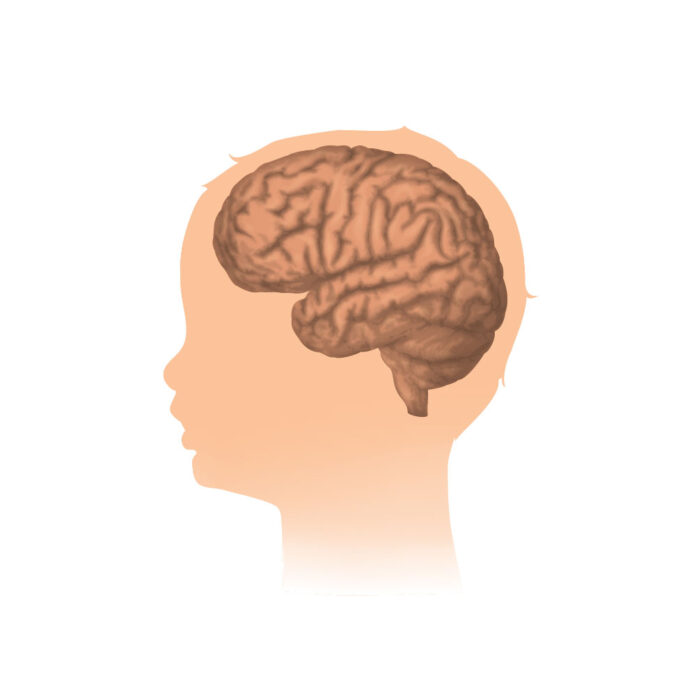Los científicos han demostrado que ambientales stress can affect normal development of nervioso system in worms who are approaching puberty
Scientists have been trying to understand how our genes (our genetic makeup) and different ambientales factors shape our sistema nervioso durante el desarrollo temprano cuando estamos creciendo. Este conocimiento puede ampliar nuestra comprensión de los diferentes trastornos neurológicos que se producen principalmente cuando los circuitos neuronales normales de nuestro sistema nervioso se rompen. En un estudio publicado en Naturaleza, los científicos from Columbia University have studied the nervous system of small transparent worms (C. elegans) to elucidate understanding of how it shapes up. They show that stress caused by environmental factors can have a permanent intense effect on connections taking place in the nervous system which is still developing. In their experiment they made male worms undergo starvation just before the worms were to undergo sexual maturation with an aim to stunt their puberty. Exposure to external stress, specifically starvation, even a few days before sexual maturation affected wiring patterns of critical neuronal circuits in worm’s nervioso system thus preventing normal changes to take place. The rewiring program of their nervous system was basically interrupted. Once these ‘estresado’ males underwent puberty and became adult, immature circuits still remained in their nervous system causing them to continue to act immature. Their Immaturity was judged by observing that stressed adult male worms showed high sensitivity to a toxic chemical called SDS compared to normal adult males. The stressed worms also spent limited time with other hermaphrodite worms and had difficulties in mating.
Los científicos made this crucial discovery when some worms were accidently left unattended for some weeks and not given food. This led to a pause in worms’ normal development and they entered a state called ‘dauer state’. This state is like a temporary halt in normal growth of an organism. In case of worms, when immature worms sensed any type of stress, a temporary pause happens in their normal growth for months and later once the stress is gone their growth resumes. So, after stress of starvation passed, worms returned to their normal environment and they went on to mature into adults. Upon examining the nervous system of now adult worms, it was seen that some immature connections in male worm’s tails were retained which would ideally have been eliminated (or pruned) during sexual maturation. Researchers investigated further to state that ‘dauer state’ was caused exclusively by stress of starvation and not by any other form of stress. The stress led to remapping of their wire diagrams. The opposite effects of two neurotransmitters – serotonin and octopamine – control pruning of circuits. The stressed worms had high amount of octopamine which then blocked production of serotonin. If serotonin was given to immature males during stress, then normal pruning took place and adults start exhibiting mature reaction to SDS. In comparison when octopamine was given to immature males, this prevented the circuit pruning. Study suggests that stress can have a likely effect on changes in nervous system when temprana development is taking place. The neurotransmitter serotonin is associated with mental condition of depression in humans.
¿Podría esta posibilidad ser cierta también para los humanos entonces? No es sencillo en los humanos, ya que tenemos un sistema nervioso mucho más grande y complicado en comparación con los animales. Sin embargo, los gusanos son organismos modelo simples pero eficientes para estudiar y analizar los sistemas nerviosos. Los investigadores principales de este estudio han iniciado un proyecto llamado ceNGEN a través del cual mapearán la composición genética y la actividad de cada neurona en el sistema nervioso del gusano C. elegans, lo que ayudaría a comprender en mayor detalle la estructura del sistema nervioso y la posible colaboración entre uno y otro. composición genética y experiencias de uno.
***
{Puede leer el trabajo de investigación original haciendo clic en el enlace DOI que figura a continuación en la lista de fuentes citadas}
Fuentes)
Bayer EA y Hobert O. 2018. La experiencia pasada da forma al cableado neuronal sexualmente dimórfico a través de la señalización monoaminérgica. Naturaleza. https://doi.org/10.1038/s41586-018-0452-0
***






































